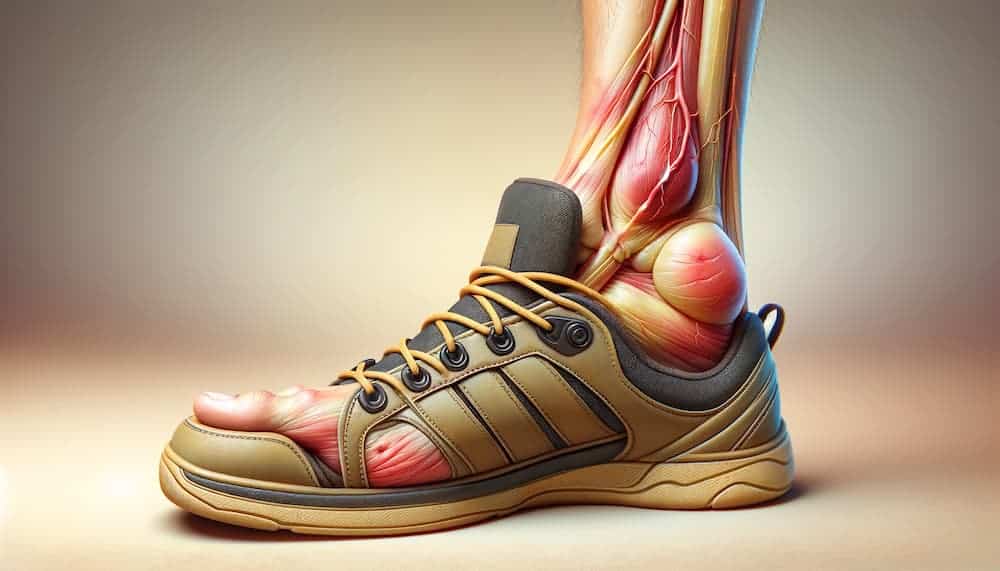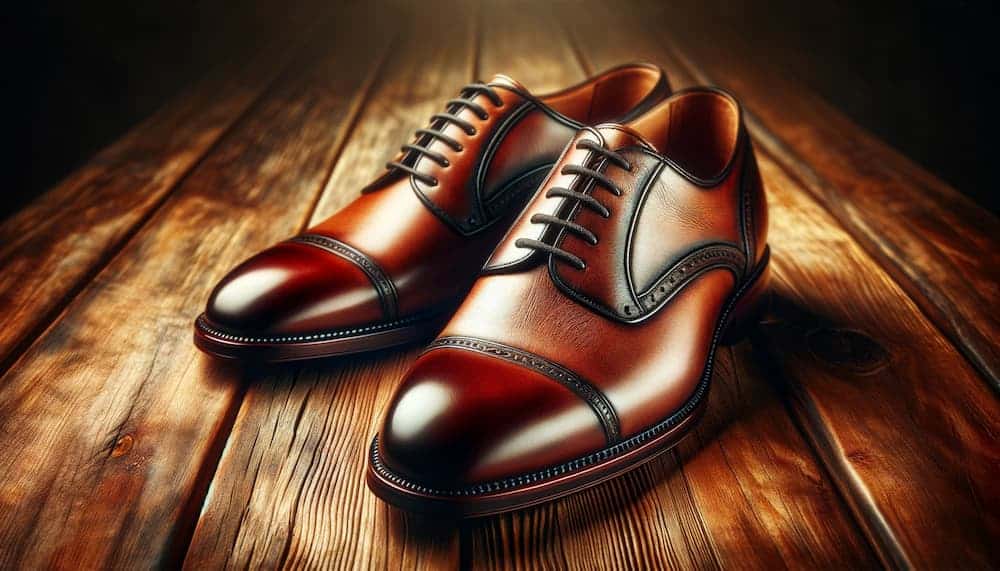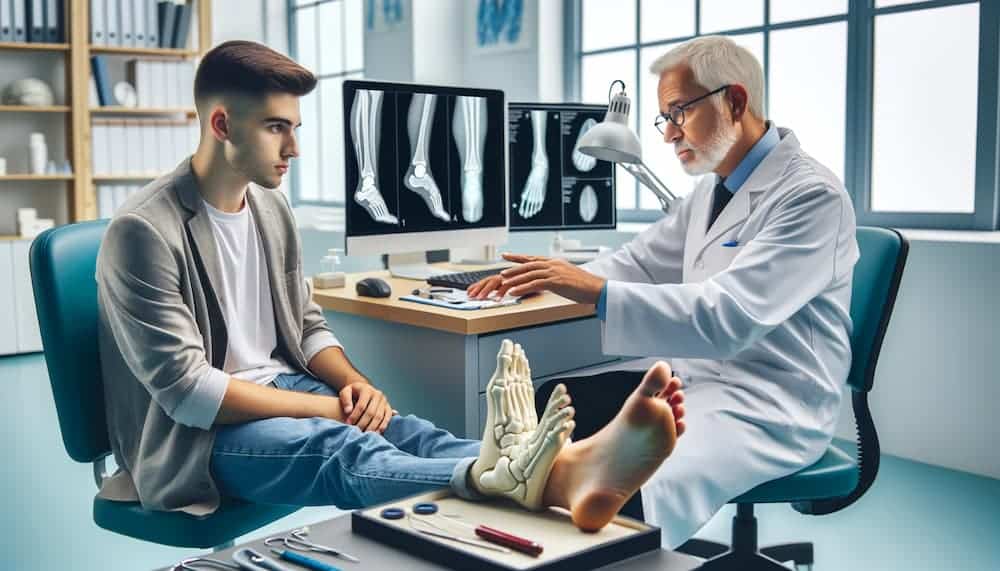Everyone recognizes the importance of shoes for protecting your feet, making you more comfortable, and adding to your fashionability. But many people underestimate the impact that shoes have on your foot health. Choosing high quality shoes that are appropriately sized can greatly improve your foot health.
So how do you do it?
The Complexity of the Human Foot
The foot is a surprisingly complex body part. The human foot contains 26 individual bones, 30 different joints, and more than 100 interconnected tendons, muscles, and ligaments. On top of that, each foot has more than 7,000 nerve endings, making them exceptionally sensitive.
We wear shoes to help mitigate the problems of excessive barefoot activity, but the wrong shoes can do more harm than good.
Common Shoe-Related Problems
These are some of the most common foot problems related to the shoes we wear.
Bunions
Bunions occur when the bones at the bottom of your toe become enlarged. This enlargement can cause your foot to turn inwards, which creates further swelling and discomfort, and sometimes severe pain. Bunions are most common when your shoes are too narrow.


Hammer Toes
People develop hammer toes as a result of weakening muscles forcing additional tendon strain. This is usually the result of flat shoes that are too flexible or high heels that are too restrictive.
Claw Toes
It’s also common for people with bad shoes to develop claw toes, wherein multiple toes curl together in an unmoving, claw-like shape. This is also attributable to shoes that are too tight or too restrictive.
Plantar Fasciitis
Plantar fasciitis affects a specific sequence of tissue from the heel to the ball of your foot. When this becomes inflamed, it can cause discomfort and pain. Unsupportive shoes and overuse are the most common culprits.
Sprains, Strains, and Fractures
If your footwear doesn’t fit or isn’t appropriate, it can greatly increase your risk of injuring yourself with sprains, strains, and fractures.



Even worse, if these injuries don’t heal properly, they can set you up for even worse pain and complications in the future.
Finding a Better Shoe
So what steps can you take to find a better shoe?
Splurge on quality.
Though not always strictly true, it’s a good rule of thumb to assume that you get what you pay for in the shoe world. If you have the option to buy handmade, high-quality leather shoes or a mass-produced pair right off the assembly line, choose the handmade shoes.



Obviously, this is going to stretch your budget and force you to pay a little more. But as a result, you’ll get a shoe that is more intelligently designed, more expertly crafted, and better suited for your feet. As an added bonus, these shoes will likely last much longer, allowing you to stay comfortable and healthy for years before having to replace these accessories.
Get the right size.
Make sure your shoes are the right size. This is arguably the most important factor when it comes to shoes and foot health. In general, your shoes should be tight enough that they don’t slip around and allow you to engage in your chosen activities comfortably. However, they should be loose enough that your foot and toes can remain in a natural position without discomfort or pain. Depending on the shape of your foot, you may also require wider shoes, flatter soles, or other customizations.
Avoid restrictive and unnatural forms.
High heels can look amazing, but they also have the potential to destroy your feet if worn too frequently. Anything that forces your feet or toes into an unnatural or uncomfortable position should be avoided. If you must wear them, only wear them for limited stretches of time.
Choose appropriate forms.
Similarly, it’s important to choose the right type of shoe for the right activity. Specialty shoes are developed for sports like track, basketball, soccer, and countless other activities. If you wear the same basic sneaker for everything, you’re going to end up hurting yourself eventually.
Replace when worn.
Pay close attention to the wear of your shoes. Once the inner sole or outer sole begins to show signs of serious wear and tear, you should consider replacing the shoe.
Consult with a podiatrist.
If you have trouble finding shoes that feel good, or if you have significant foot health issues, consider consulting with a podiatrist to find a better fit.



Shoes can make your health worse or better, depending on the type of shoe you buy and how it fits you. Spend a little extra care and attention to make sure your shoes fit your needs and your feet appropriately.
Credit: Source link
















